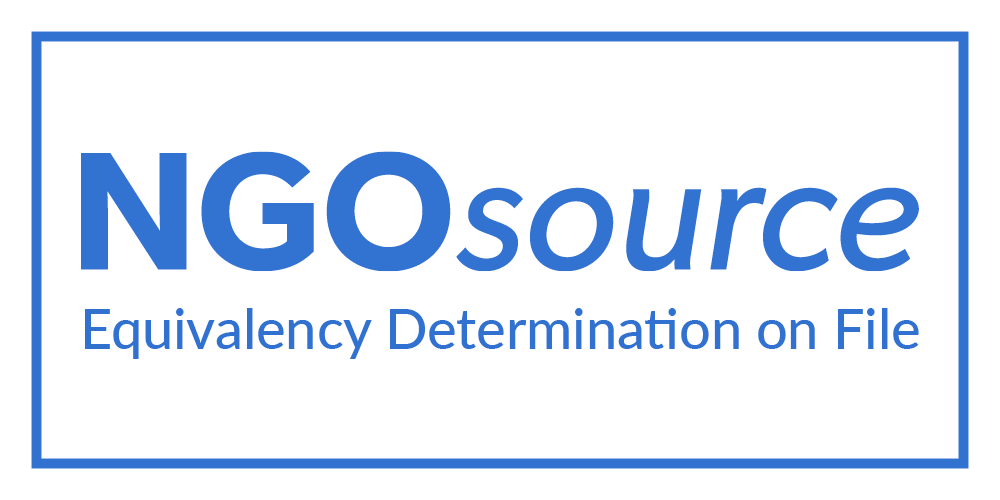The Supreme Court Orders District Planning Committee to Reconsider the Proposed Map of Kammaneh Village which Excludes Palestinian Residents
The Supreme Court held a hearing yesterday on Adalah’s petition concerning the government’s proposed map for Kammaneh, a Palestinian Arab village, located in the Galilee in the north of Israel. The government’s map excludes the neighborhood of Al-Jelasi and its 160 Palestinian residents from the municipal jurisdiction of the village. Chief Justice Aharon Barak, Justice Dahlia Dorner and Justice Tova Strasberg-Cohen recommended that the District Planning Committee for the Northern District of Israel re-consider its proposed map, and present its response to the Supreme Court within 60 days.
Supreme Court Justice Dahlia Dorner stated during the hearing that: “It is unreasonable that illegal villages continue to exist 51 years after the establishment of the state of Israel.” She maintained that the map proposed by the District Planning Committee would have harsh consequences for the Palestinian residents of the village who are excluded from the map, as this exclusion would mean their eviction from their land and from their homes.
Adalah filed this petition to the Supreme Court in November 1999 on behalf of residents of Al-Jelasi against the Regional Council of Misgav, both the District and Local Planning Committees, the National Planning Council, and the Ministry of Interior, challenging the exclusion of the neighborhood from the “officially recognized” jurisdiction of Kammaneh. Another lawyer, unaffiliated with Adalah, subsequently filed a second petition on behalf of residents of another neighborhood in the village, part of which was also excluded from the proposed plan. Both petitions are now pending before the Supreme Court.
Al Jelasi sits in the center of the village, which includes East and West Kammaneh. Both Al Jelasi and Kammaneh as a whole were established in the 1930s. From 1948-1995, Israel considered Kammaneh as an “illegal settlement” or an “unrecognized village,” despite the fact that it has existed since the pre-State era. In 1993, the Israeli government formed a Steering Committee, comprised of members of the Regional Council of Misgav and representatives of various government bodies, East and West Kammaneh, and nearby Jewish communities, to prepare for the official recognition and municipality status of Kammaneh. This Steering Committee decided to exclude Al-Jelasi and its 160 residents from the officially recognized part of the village, despite the fact that architects and professional planners confirm that Al-Jelasi is the geographic connecting point between the neighborhoods of Kammaneh. The Steering Committee recommended the exclusion of Al-Jelasi because it accepted the claims of a neighboring Jewish settlement that its inclusion would hinder the settlement’s potential future expansion.
At yesterday’s Supreme Court hearing, the Attorney General Representative, Orit Koren, claimed that the inclusion of Al-Jelasi and other neighborhoods would result in more expenses for the State, and would delay of the approval of the final map of the village. Moreover, she argued that the possible future expansion of two neighboring Jewish settlements, Kamoun and Makmonin, must be taken into consideration.
In response to the Attorney General’s claims, Adalah’s lawyers, Jamil Dakwar and Hassan Jabareen, argued that a supplementary map of Al-Jelasi could be developed independently, allowing the final map to be approved immediately. Adalah also asserted that the map proposed for final approval excludes approximately 40% of the inhabitants of the village, that it is not based on appropriate considerations of village planning, and that the proposed map violates the basic rights of the inhabitants of Kammaneh.
For further information, please visit the website of the Association for the Relief and Welfare of Kammana (http://www.angelfire.com/ms/kammana).












